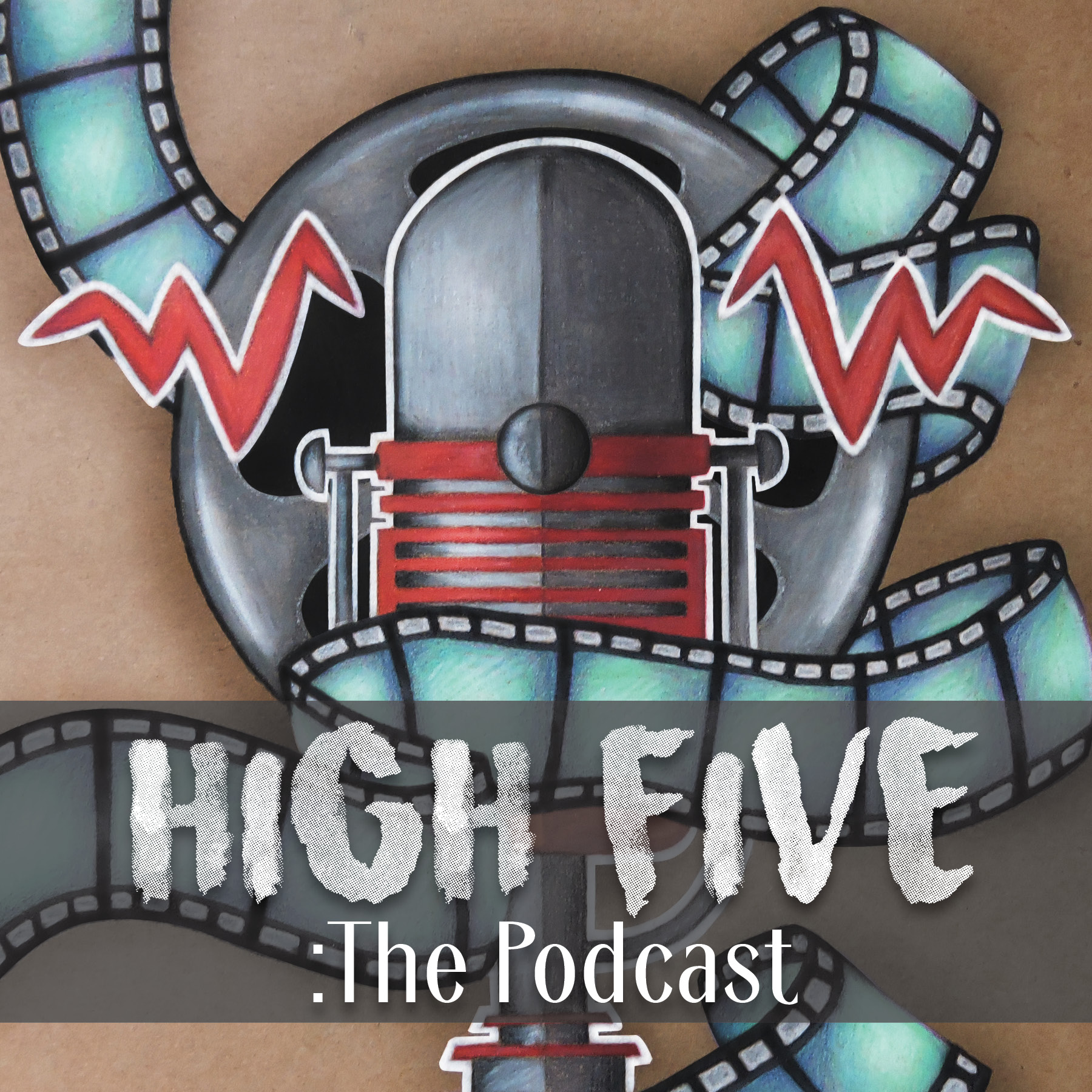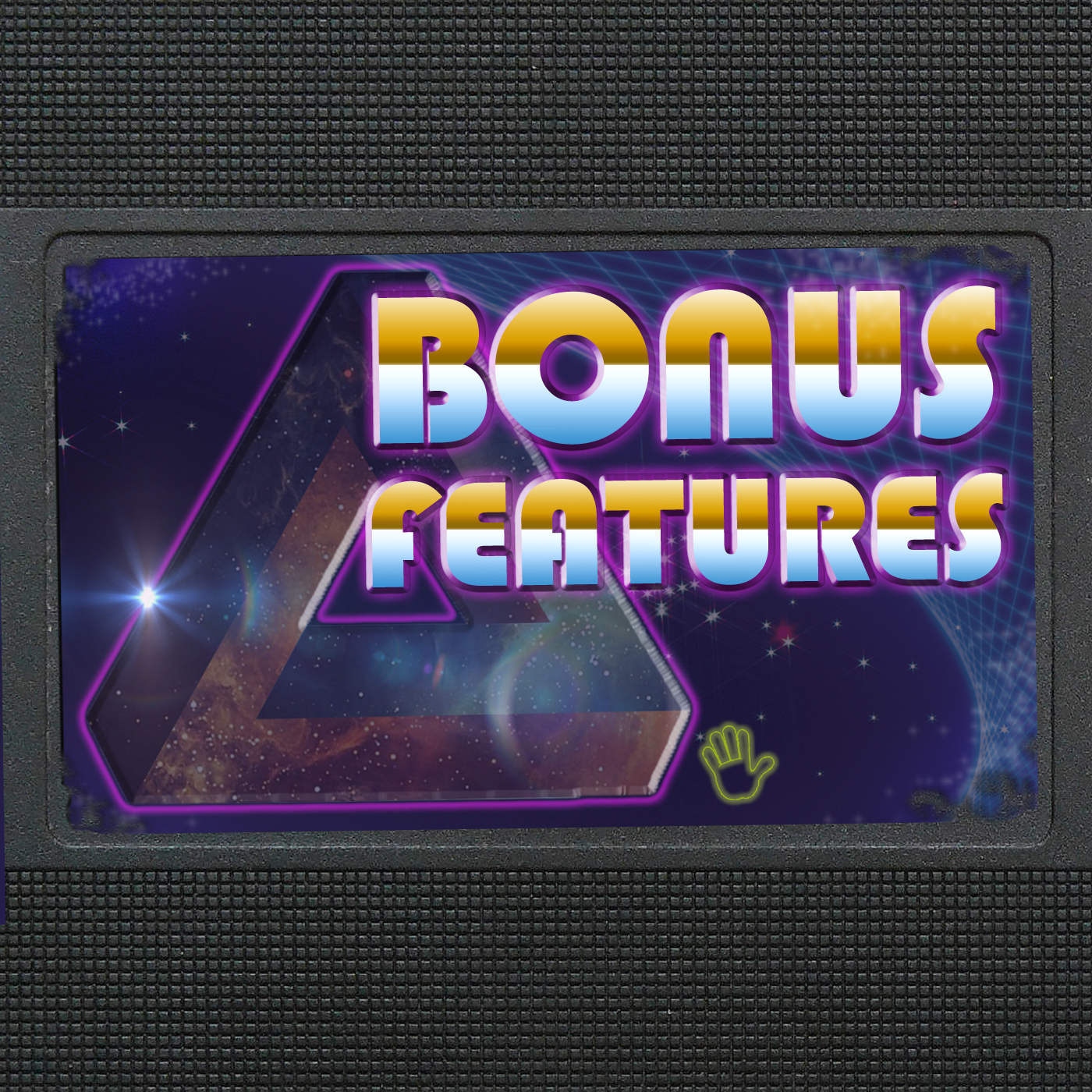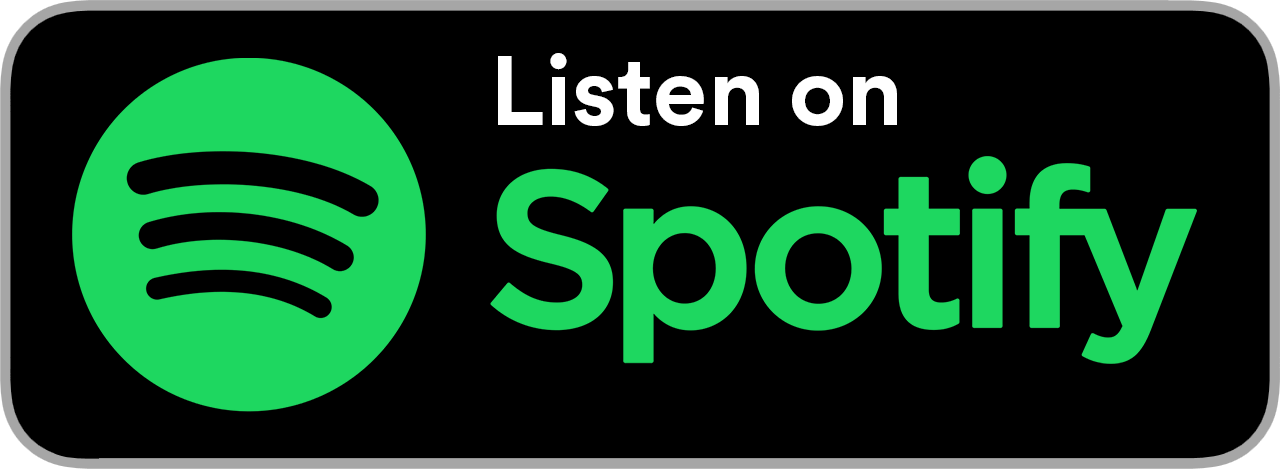Welcome to the Cory C.O.R.N.E.R. (critical observation regarding neo-entertainment, respectfully), a time where your resident know-it-all cinephile, a multi-time Scene-It champion and only slightly-annoying dinner guest, shares his thoughts on whatever movie-ness needs to be movie’d.
Always remember these three things: Baby Yoda is Gizmo’s cousin; Charlie Brown should just switch to golf; 10 Cloverfield Lane is better than most of your favorite movies.
This week, Cory digs into Disney+ to watch a documentary he’s been wanting to revisit and digs through the internet to find a companion piece for it.

Waking Sleeping Beauty
The phoenix’s rise for Disney Animation in the late 80s and early 90s remains one of the most stirring cinematic renaissances in the industry’s history. Coming from a bizarre flop in The Black Cauldron (sorry Black Cauldron stans) to running off pillars of the genre in The Little Mermaid, Who Framed Roger Rabbit?, Beauty and the Beast, Aladdin and The Lion King still marks itself as such an improbable comeback for the Mouse House’s historic animation studio. Producer Don Hahn (who oversaw films like Beauty, Lion King and The Hunchback of Notre Dame) got support from the studio to do a revisiting of that rise and the power struggle that bubbled underneath the surface with Walt Disney Company CEO Michael Eisner, Disney film executive Jeffrey Katzenberg and Disney board figure and Walt’s nephew Roy E. Disney.
Since Disney distributed this in its limited run, it’s not going to be the steaming gun expose on the innerworkings of the entertainment industry’s biggest company. some might be hoping for it to be. Rather, it’s a surprisingly frank discussion on how Disney pulled itself out of the mire and revitalized 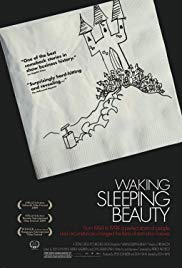 its vision for its animated products. But with success comes those to credit it with, and that’s where the problems begin to surface. The story reveals itself to be a tale as old as time (no, not that one), as men in power begin to brush shoulders as to see who gets to be the king of the mountain and wear the crown. If Hahn had decided to just do this on his own without Disney’s support, it would’ve been one thing. But Disney supporting him wanting to share how the return to quality happened and what it looked like behind closed doors is entirely something to be commended. We, for certain, don’t see everything that went on, but what we do see makes us appreciate two delicate balances: how special Disney’s return to animation giant status was and how fragile that success ultimately revealed itself to be. Thus, is the circle of life in Hollywood. For those curious, this is available to stream on Disney+ now.
its vision for its animated products. But with success comes those to credit it with, and that’s where the problems begin to surface. The story reveals itself to be a tale as old as time (no, not that one), as men in power begin to brush shoulders as to see who gets to be the king of the mountain and wear the crown. If Hahn had decided to just do this on his own without Disney’s support, it would’ve been one thing. But Disney supporting him wanting to share how the return to quality happened and what it looked like behind closed doors is entirely something to be commended. We, for certain, don’t see everything that went on, but what we do see makes us appreciate two delicate balances: how special Disney’s return to animation giant status was and how fragile that success ultimately revealed itself to be. Thus, is the circle of life in Hollywood. For those curious, this is available to stream on Disney+ now.
The Sweatbox
A film that’s most certainly not available to stream on Disney+ or any major outlet is The Sweatbox. A shocking revelation of just how rigorous the feature development process is at Disney Animation, this film was never supposed to see the light of day after Disney quashed any plans for a wide release after its debut at the Toronto Film Festival in 2002.
The footage was diced up and smashed into a little DVD special feature on The Emperor New Groove’s special edition package, but an intrepid internet user released the workprint version of the 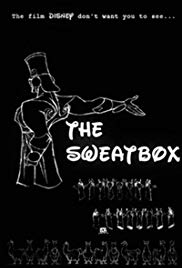 film online for everyone to see, which has been saved at the Internet Archive for eternity. Why is Disney so cagey about this, you might ask? Well, the story behind The Emperor’s New Groove is a multi-year journey, complete with failures, disagreements, lost visions and stark realities of how animated films make it to theaters. The film was made in part by Trudie Styler, a filmmaker married to musician Sting, who Disney brought on to write songs for what was a film called Kingdom of the Sun. Styler gets as much access for the filmmaking process as anyone probably ever has at Disney in its entire history, and it’s almost thrilling to see such intimate details about a legendarily secluded company. Though, seeing how the sausage is made can be unflattering for those in the production process. You see the clashes in vision expound for you in a refined-but-honest way. As shouldn’t come as a surprise, the creative process can get personal when someone pours their heart into a project, and professional defeats can be taken very personally. Allers watches his film, a clearly ambitious, impressive effort, fall to the wayside, and you nearly watch it in real time. Disney’s execs who ultimately uproot the film into what we saw it become aren’t as much evil corporate figures as they are just on a completely different page with Allers’ vision. The studio’s failures with Hunchback of Notre Dame, considered too dark and formal for audiences at the time, no doubt played a part in this, if not directly shown in the film.
film online for everyone to see, which has been saved at the Internet Archive for eternity. Why is Disney so cagey about this, you might ask? Well, the story behind The Emperor’s New Groove is a multi-year journey, complete with failures, disagreements, lost visions and stark realities of how animated films make it to theaters. The film was made in part by Trudie Styler, a filmmaker married to musician Sting, who Disney brought on to write songs for what was a film called Kingdom of the Sun. Styler gets as much access for the filmmaking process as anyone probably ever has at Disney in its entire history, and it’s almost thrilling to see such intimate details about a legendarily secluded company. Though, seeing how the sausage is made can be unflattering for those in the production process. You see the clashes in vision expound for you in a refined-but-honest way. As shouldn’t come as a surprise, the creative process can get personal when someone pours their heart into a project, and professional defeats can be taken very personally. Allers watches his film, a clearly ambitious, impressive effort, fall to the wayside, and you nearly watch it in real time. Disney’s execs who ultimately uproot the film into what we saw it become aren’t as much evil corporate figures as they are just on a completely different page with Allers’ vision. The studio’s failures with Hunchback of Notre Dame, considered too dark and formal for audiences at the time, no doubt played a part in this, if not directly shown in the film.
Watching Sting, very much not a career man at Disney, see how the process play out, and ultimately diverge from the vision at hand, if not outright abandon, is eye-opening. He’s almost our conduit into the whole situation, and he voices at times a lot of what we see. It’s easier to find yourself on the side of the animators, if only because it seems like from afar they’re crafting a film that’s worthy of release, but you never know exactly how that can shake out with the footage and work we don’t see here. But what we do see is landmark footage, a struggle of creative vision between differing parties bore something that’s entrenched its place in Disney history. It’s an absolute must for those who seek truth and understanding for how their beloved films, at times, have come to be.

